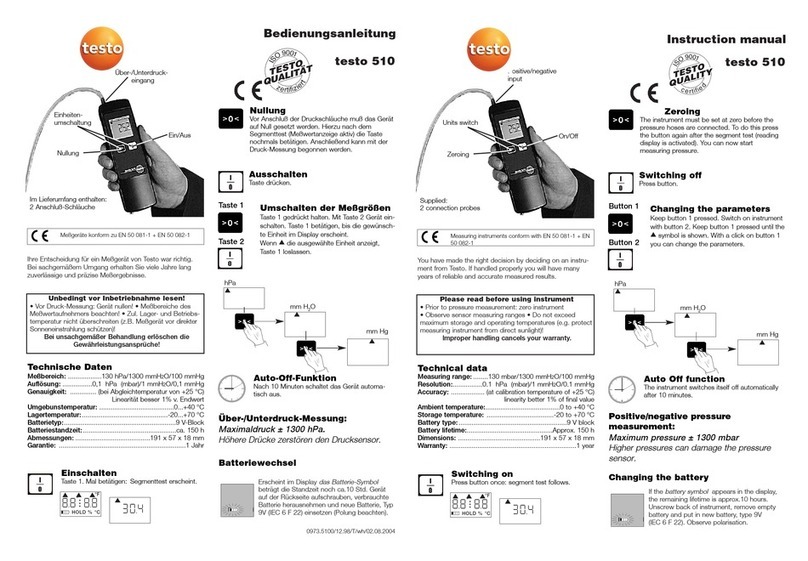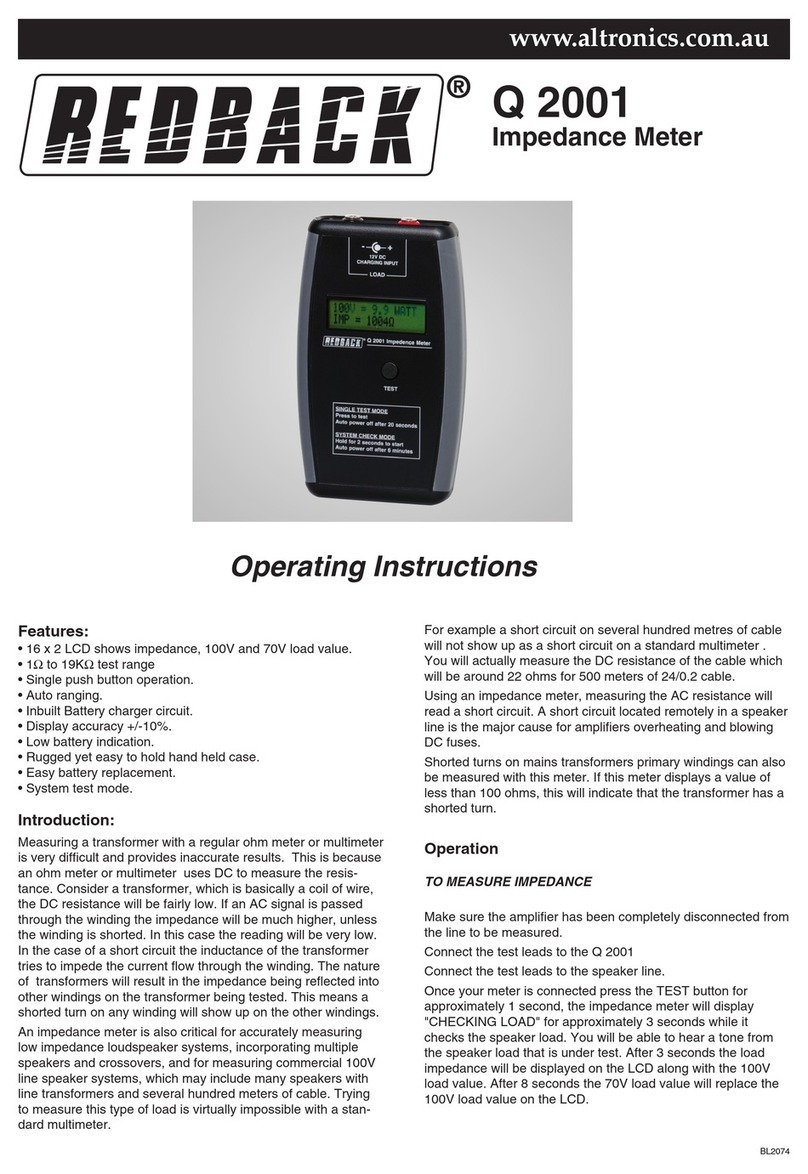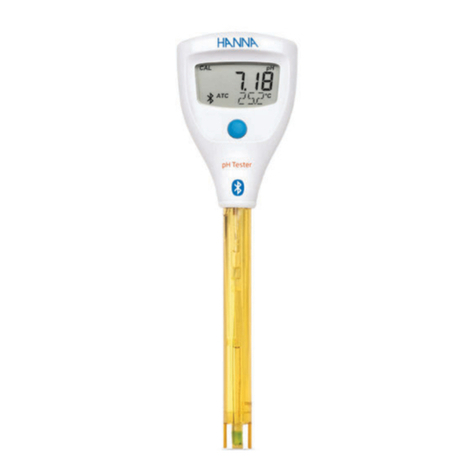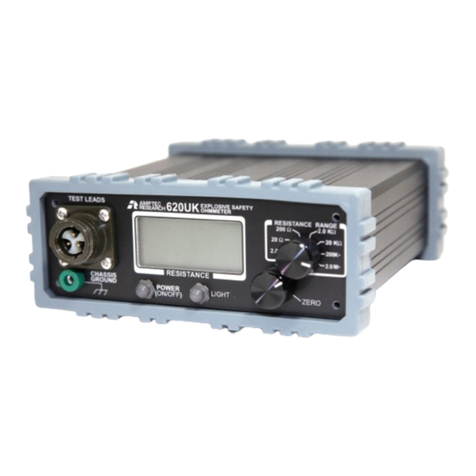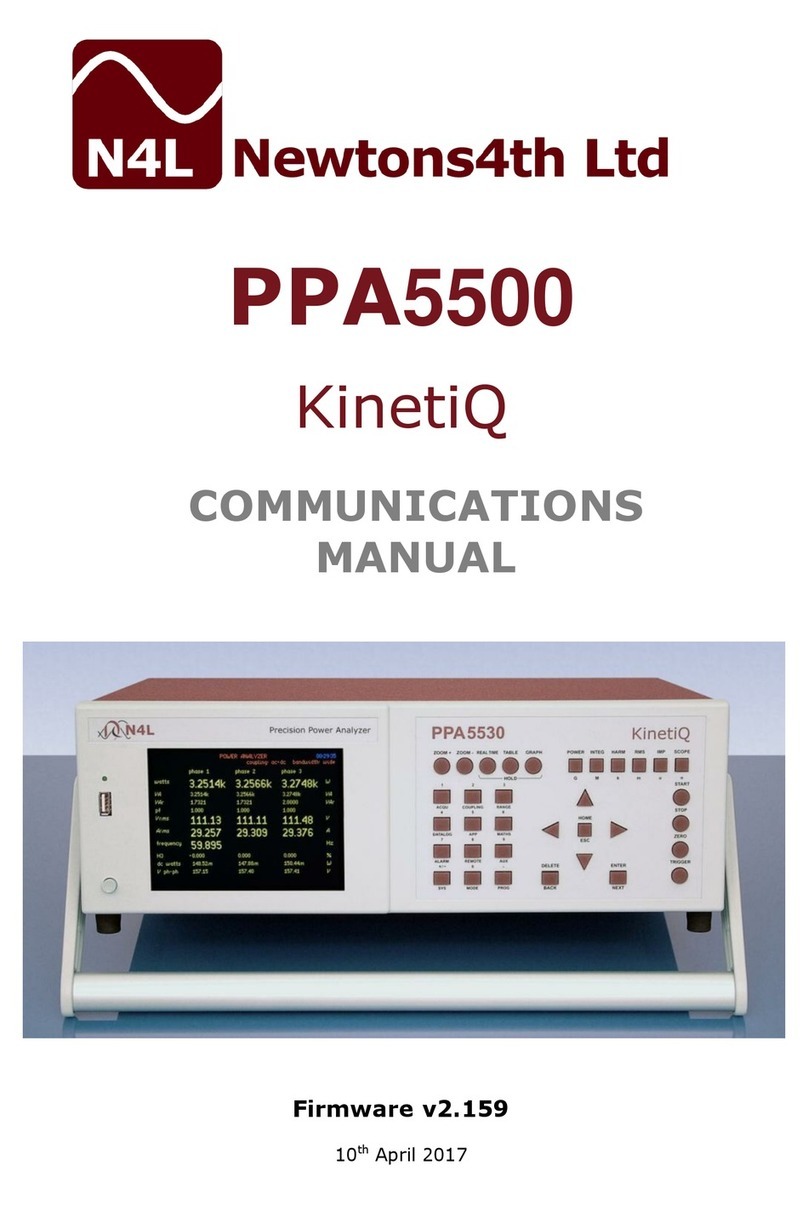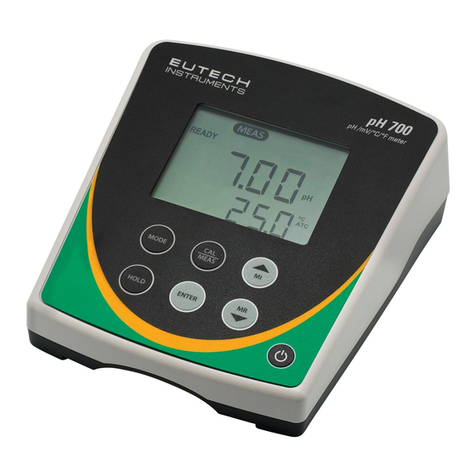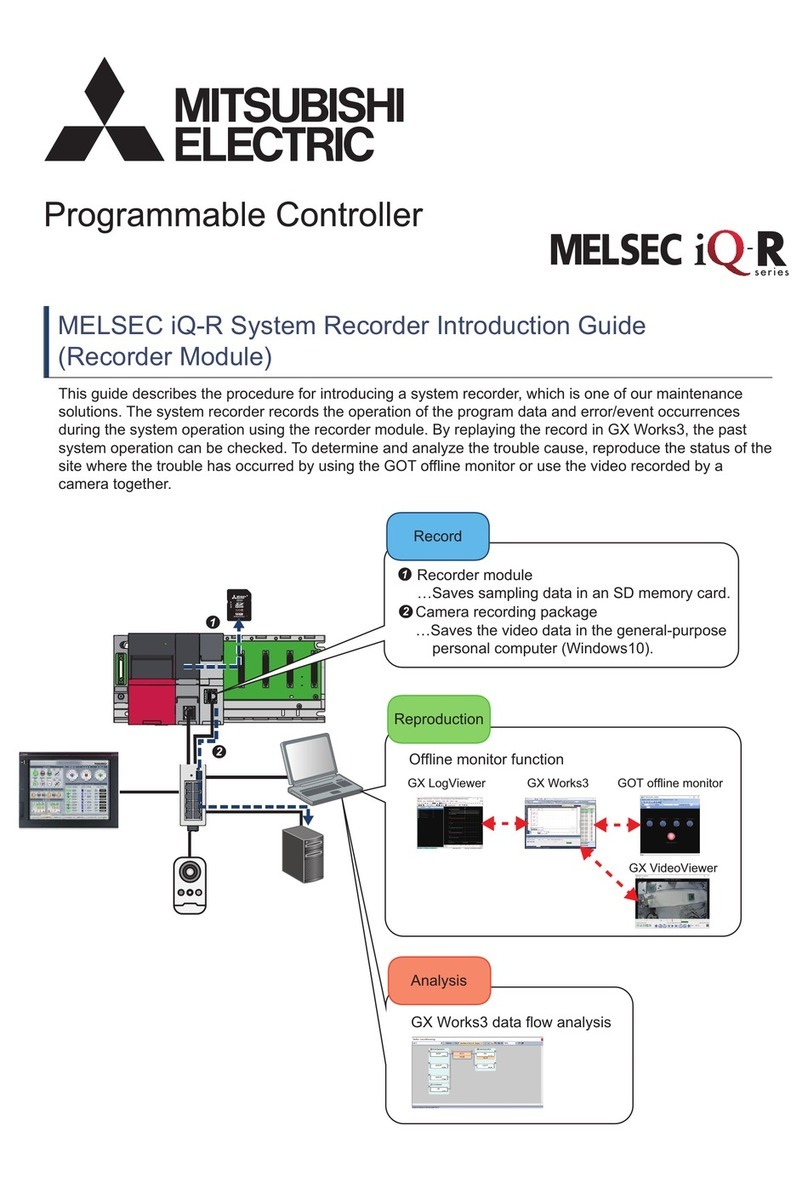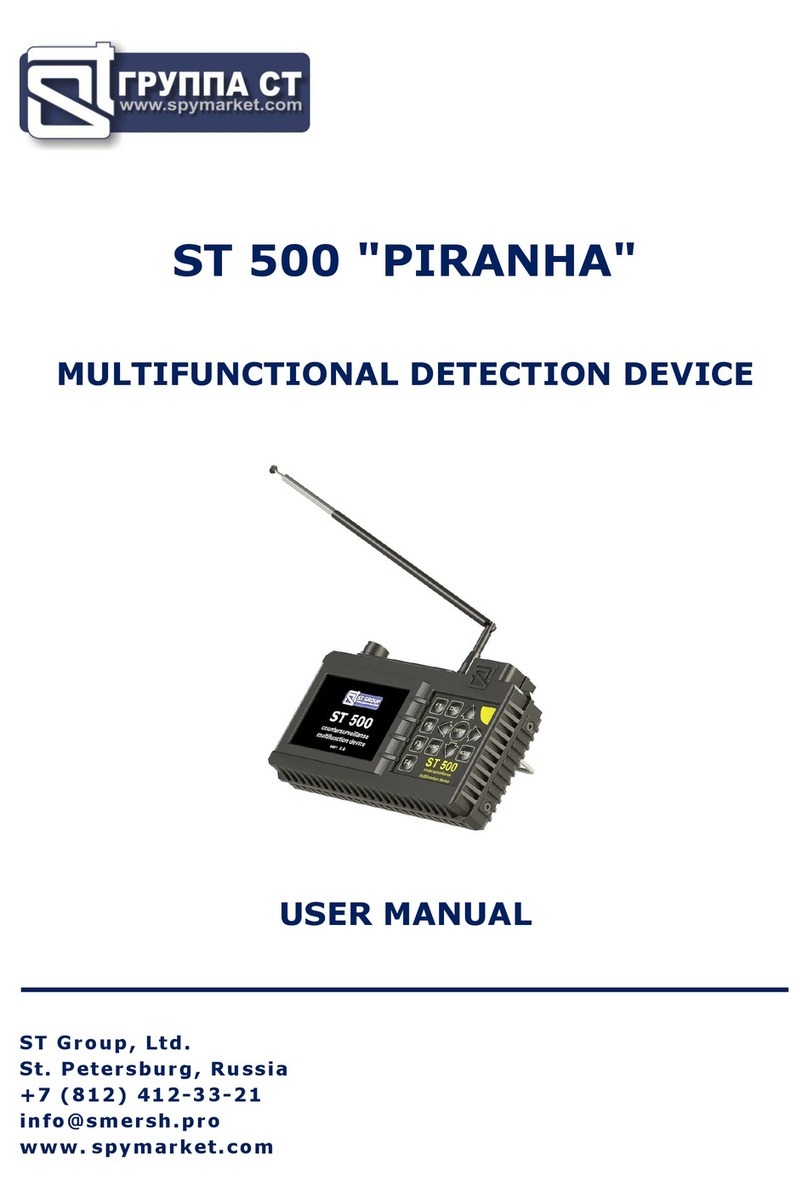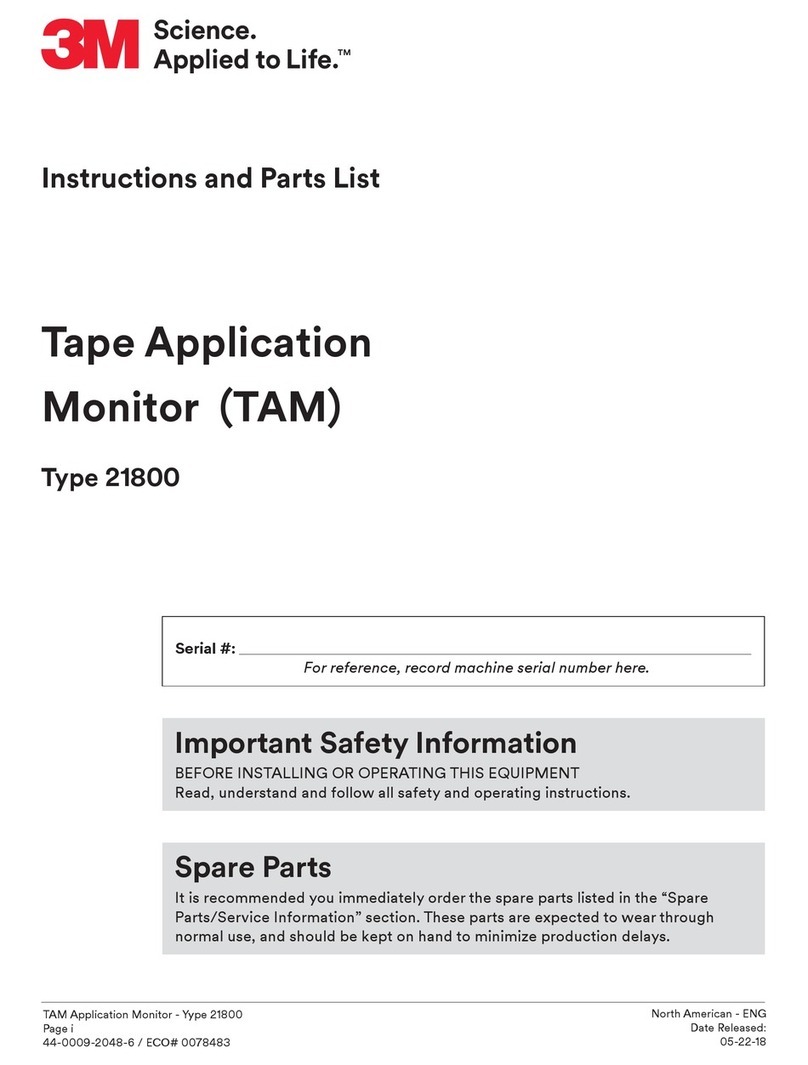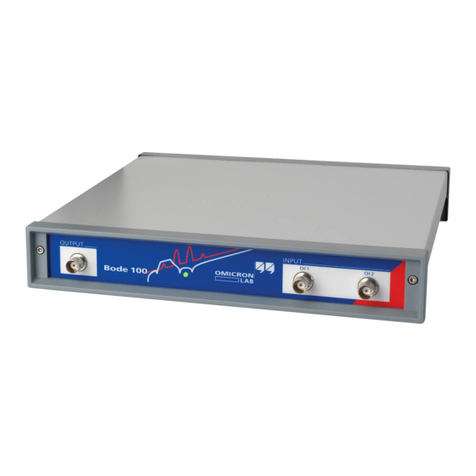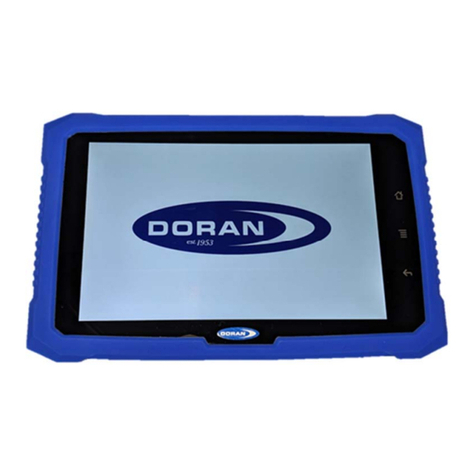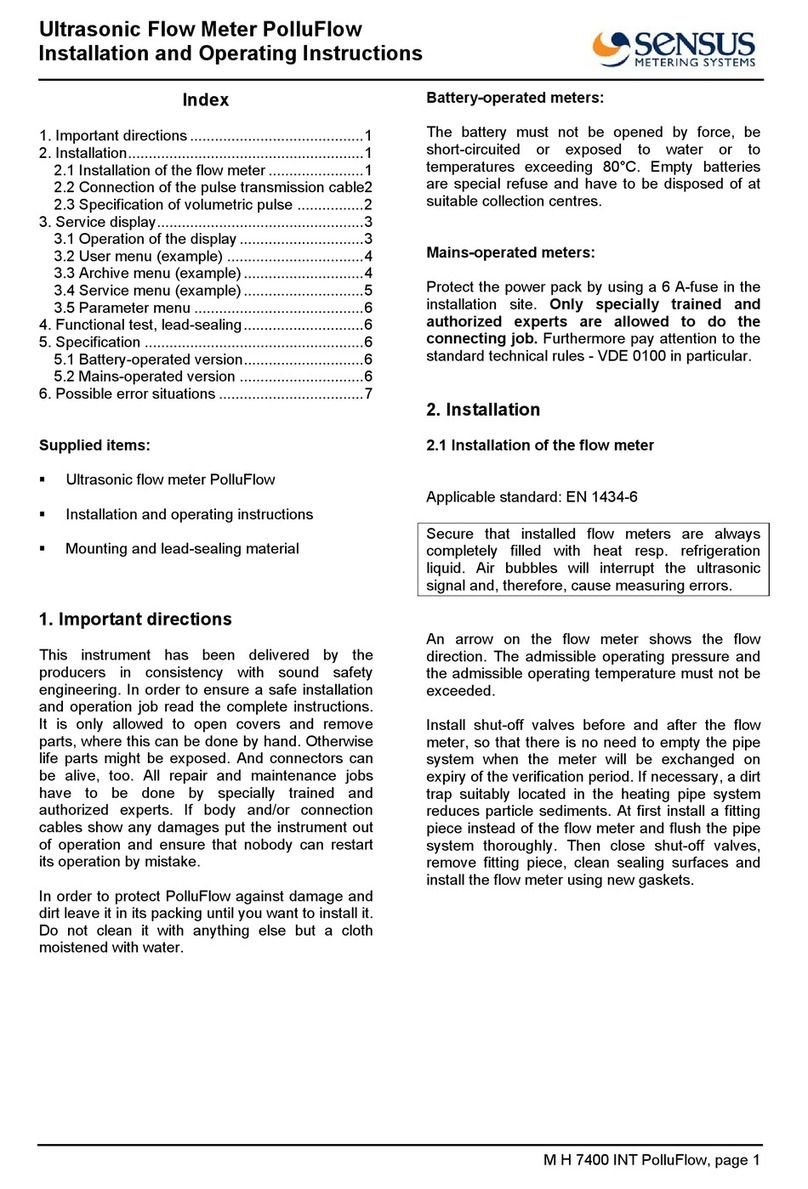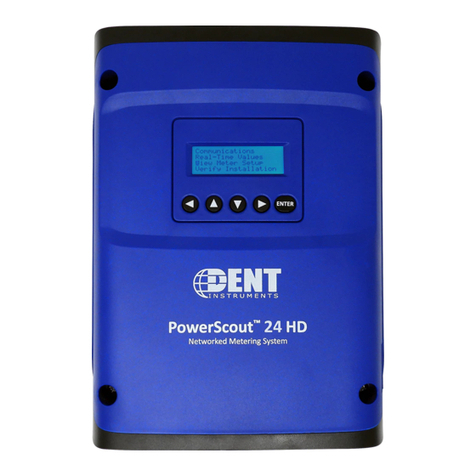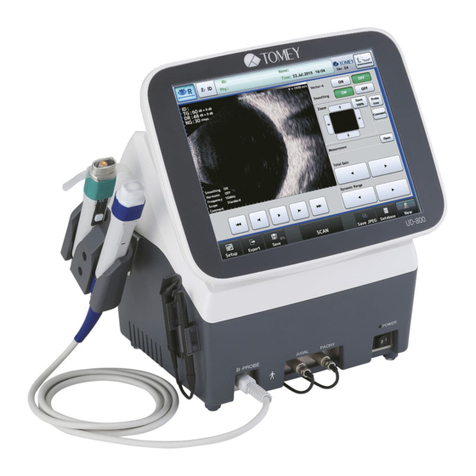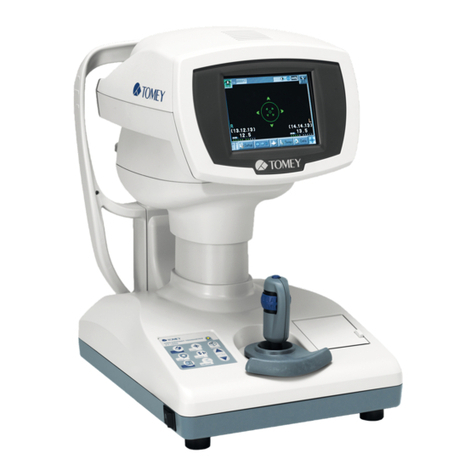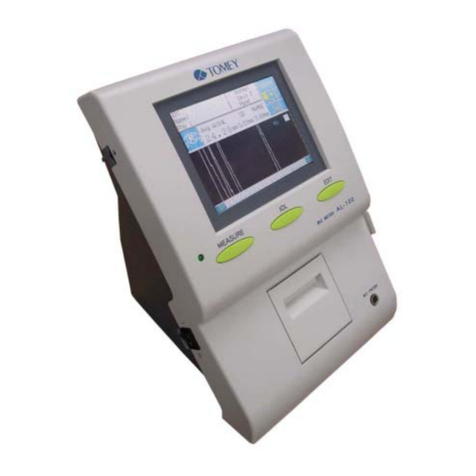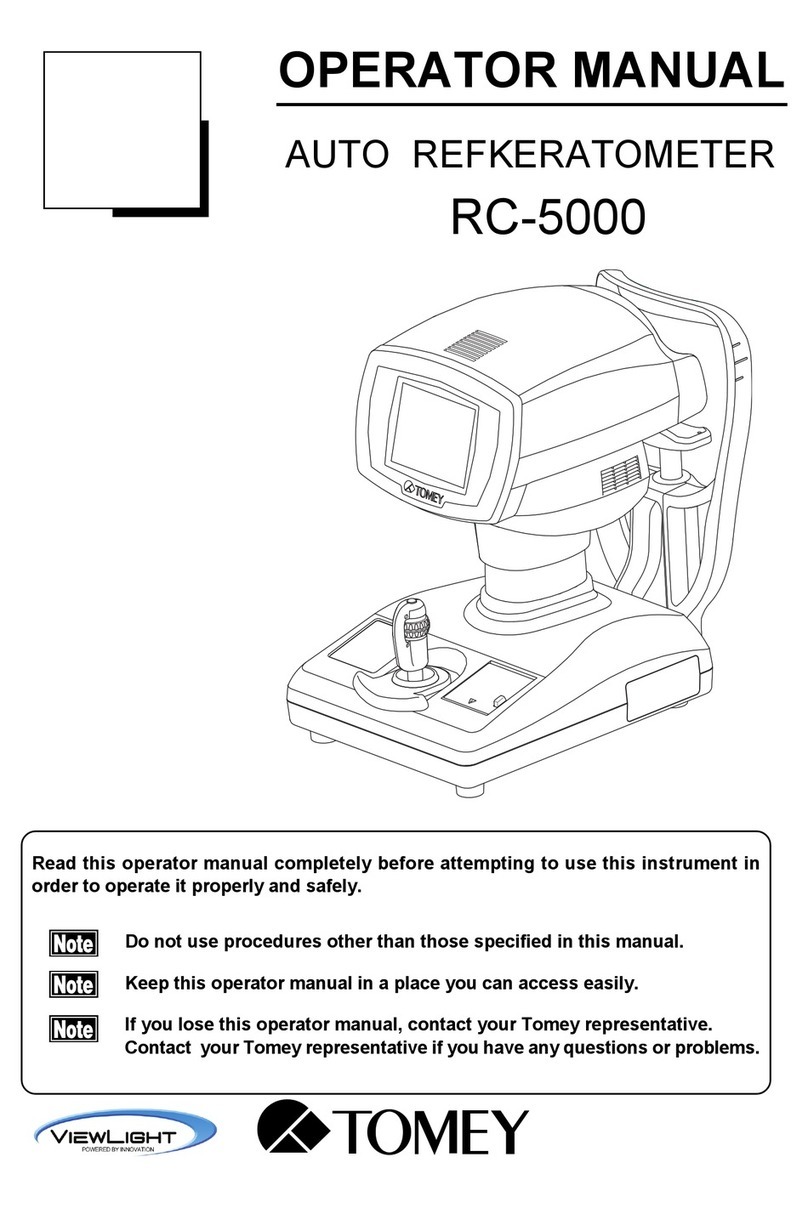
䕔
iii-2
3.2.7 Clear all measurement data (preparation for measuring a new patient)....... 3-22
3.2.8 Selecting the eye to be measured................................................................. 3-23
3.3 Axial length measurement function....................................................................... 3-24
3.3.1 Connecting the biometry probe ..................................................................... 3-24
3.3.2 Setting axial length calculation method and converted acoustic velocity for eye
to be measured.............................................................................................. 3-24
3.3.3 Contact/immersion mode settings ................................................................. 3-29
3.3.4 Operation check............................................................................................. 3-29
3.3.5 Preparation for measurement ........................................................................ 3-29
3.3.6 Precautions for measurement ....................................................................... 3-30
3.3.7 Measurement ................................................................................................. 3-40
3.3.8 Checking waveforms after measurement...................................................... 3-45
3.4 IOL power calculation............................................................................................ 3-53
3.4.1 Calculation ..................................................................................................... 3-53
3.4.2 Setting calculation conditions ........................................................................ 3-53
3.4.3 Entering calculation parameters .................................................................... 3-53
3.4.4 Setting calculation formula............................................................................. 3-59
3.4.5 Saving measurement data............................................................................. 3-60
3.5 Pachymetry function.............................................................................................. 3-61
3.5.1 Connecting the pachymetry probe................................................................. 3-61
3.5.2 Setting the data type to be displayed ............................................................ 3-61
3.5.3 Setting how to display the converted acoustic velocity and bias value......... 3-61
3.5.4 Setting the measurement mode/range and data display............................... 3-63
3.5.5 Operation check............................................................................................. 3-65
3.5.6 Preparation for measurement........................................................................ 3-65
3.5.7 Measurement ................................................................................................. 3-66
3.5.8 Checking the measurement data................................................................... 3-73
3.5.9 Saving the measurement data....................................................................... 3-76
3.6 A-scan diagnosis................................................................................................... 3-77
3.6.1 Connecting the probe .................................................................................... 3-77
3.6.2 Switching to the A-scan diagnosis................................................................. 3-77
3.6.3 Gain setting.................................................................................................... 3-79
3.6.4 Setting analysis method................................................................................. 3-80
3.6.5 Measurement ................................................................................................. 3-81
3.6.6 Various functions in FREEZE mode .............................................................. 3-82
3.6.7 Various functions in real time mode............................................................... 3-85
3.6.8 Analysis function............................................................................................ 3-86




















